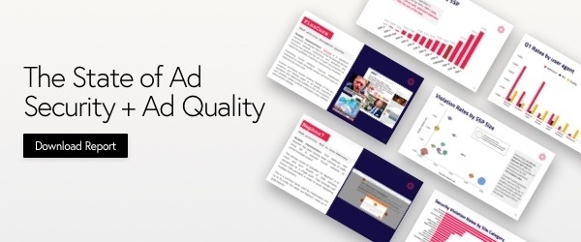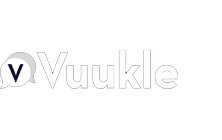
John Murphy • 2 minute read
SSPs aren't created equally: Insights into which SSPs drove the most problematic impressions in Q2, 2020
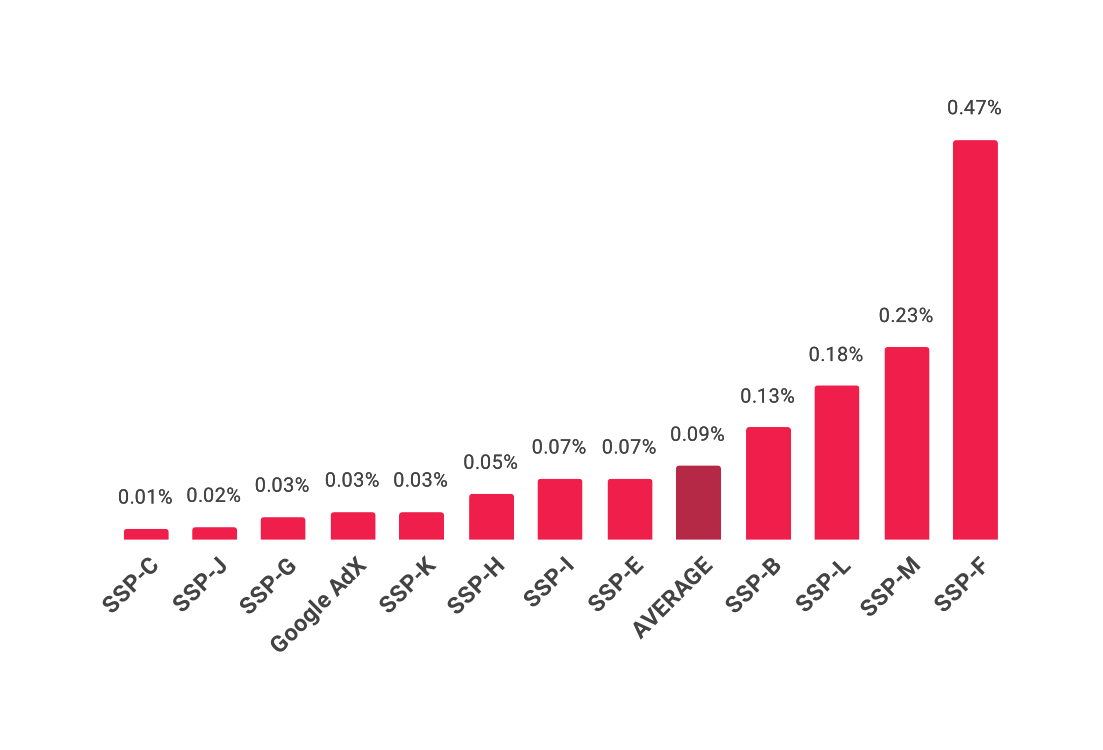
As the programmatic landscape continues to evolve post-COVID, we take a look back at last quarter (Q2) to understand how supply-side platforms (SSPs) are performing when it comes to ad quality.
Using a sample of over 170 billion impressions monitored in real-time with our creative verification solution, we are able to estimate the frequency and severity of ad quality issues experienced by publishers and users, and tie that back to the SSPs that delivered the ad.
Malicious Ads and SSPs
1 in every 150 impressions is dangerous or highly disruptive to the end-user. In 2019, that equated to over 84 billion problematic impressions industry-wide plagued by bad ads that drove users to ad blockers and brought about scrutiny from regulators. While it’s often undeserved, publishers get the blame for the poor ad experiences because they are the last stop in the chain. However, the problem starts long before the ad reaches the publisher’s site; an ad must first enter the ecosystem and traverse the complex supply chain of programmatic advertising. SSPs sit before publishers in that chain and are in many ways best placed to stop bad ads in their tracks. But SSPs are not created equal and exhibit vastly different capabilities when it comes to managing ad quality.
We tracked impressions from over 100 SSPs, but over 80% of impressions came from just 12 providers commonly used by publishers. These top providers are noted in the charts below with a coding system that carries over from one quarter to the next. We’ve identified Google Ad Exchange within the chart as they operate the largest exchange.
SSPs show meaningful variance in performance from quarter to quarter, with even Google showing occasional spikes in activity. When it comes to security violation rate, SSP-F more than doubled from Q1 to Q2, and was over 30X that of SSP-C, the bester performing in the quarter. SSP-M retained the 2nd to worst spot from Q1.
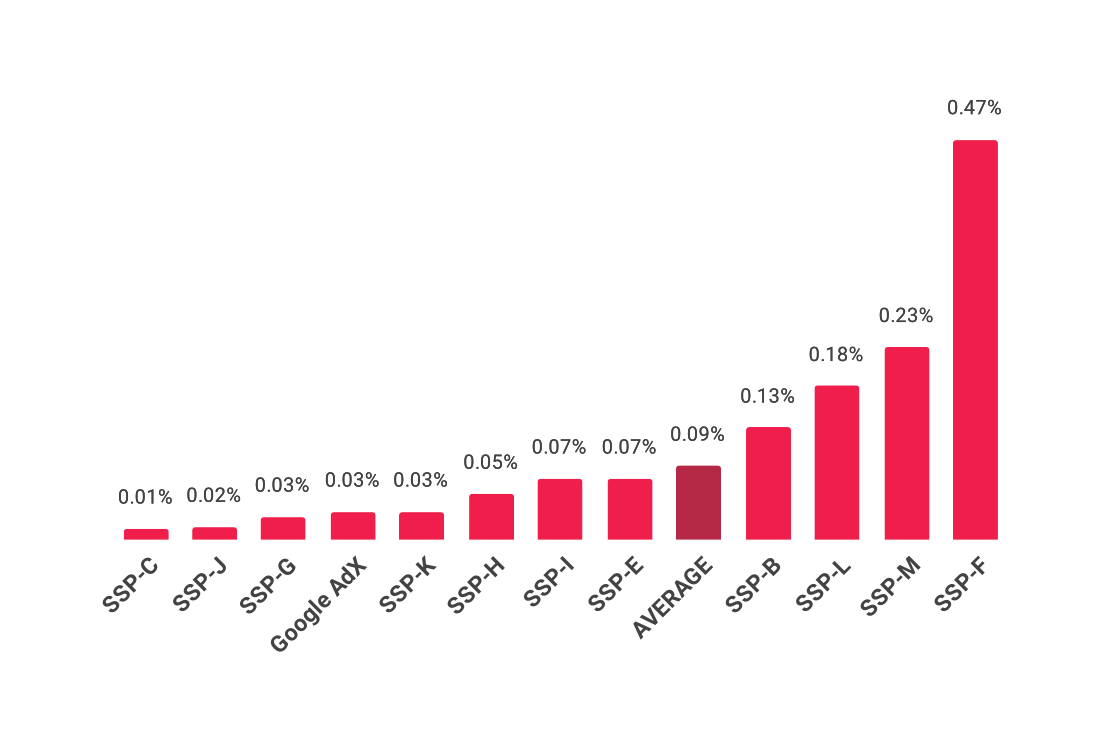
SSPs willing to institute proper controls and security practices are best positioned to manage the risk of malicious impressions, but they face attacks and attackers that are extremely unpredictable. As a result, the performance of even the cleanest SSPs can vary hugely from quarter to quarter. The diagram below shows the SSPs with the biggest changes in Q2. SSP-I and SSP-F had a reversal of fortune between Q1 and Q2. A perennial poor performer, SSP-I went from the largest source of security violations in Q1 to a better-than-average performer in Q2. Meanwhile, SSP-F fell to the bottom spot after several quarters of good performance.
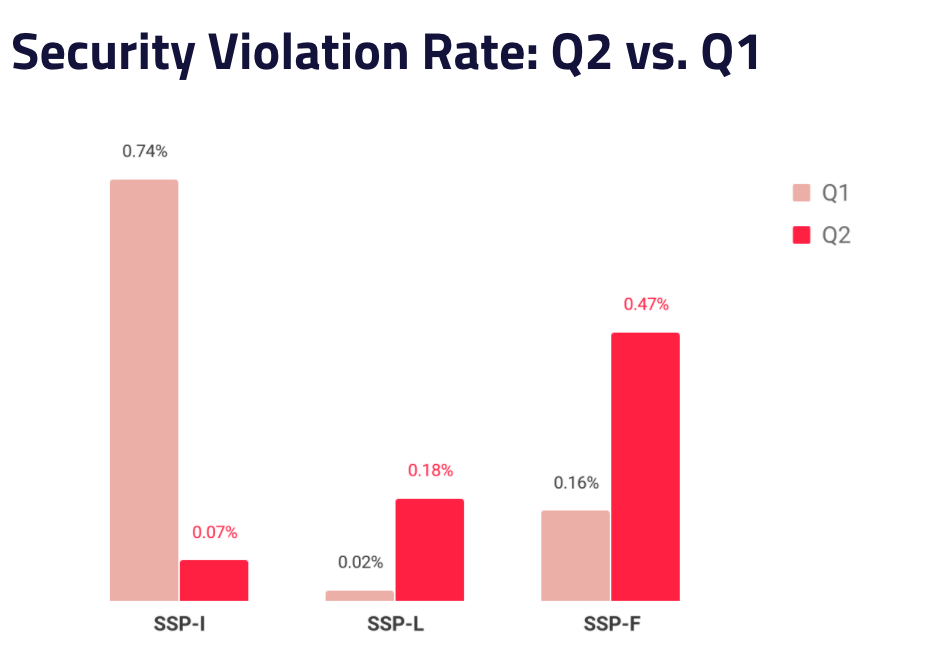
Additionally, quarterly averages can mask significant variation in day-to-day performance, so it’s important to measure the upper bound of the malicious ad rate for each SSP to get a complete sense of performance. When under sustained attack, SSPs had days when over 1 in 10 impression was a security risk, putting publishers and users at considerable risk.
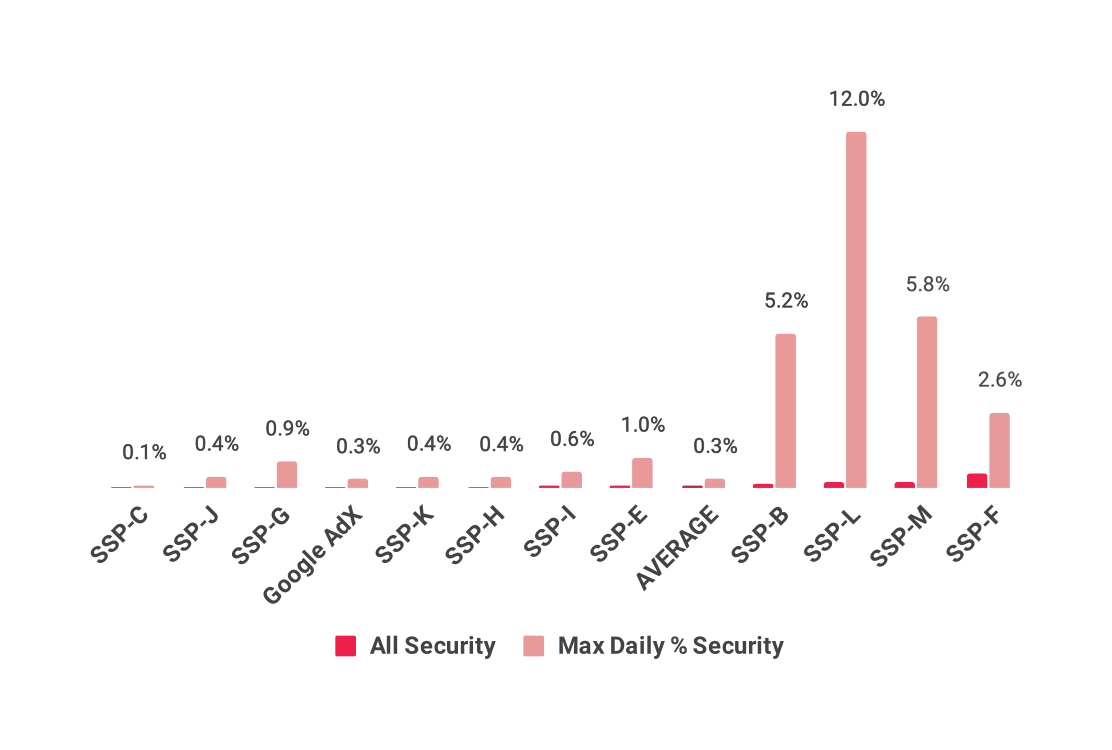
It’s not as if SSPs are doing nothing about these attacks. They are responding to malicious ads but given a lack of data and tools, it can take them some time to resolve new issues. It's important to understand how long threats persist on an SSP once an attack is underway. We measure how long it takes from when a threat first appears on an SSP to when it's last seen, On this measure, we see a huge difference among the major SSPs.
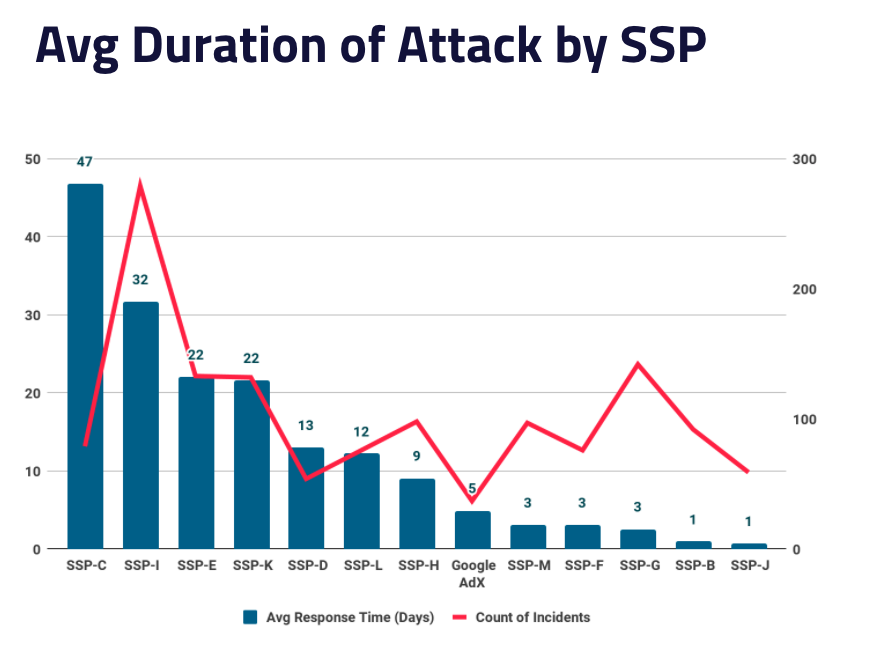
While SSPs that experience long-duration attacks also tend to have higher rates of security violations, the tow aren't perfectly correlated. In fact, SSP-C had a high average duration but a low security violation rate because the number of incidents was relatively low.
In Conclusion
Whereas publishers in the past had limited insight into the quality of ads they were delivering to users, today’s real-time verification solutions give them deep insight into both the nature and source of threats. They are able to hold SSPs and DSPs accountable for ad quality and push for meaningful change in the supply chain.
SSPs are getting the message from publishers and investing heavily in ad quality controls to gain greater transparency into what’s happening to their publishers. This allows SSPs to limit negative revenue effects and maintain access to publishers, while simultaneously improving the health of the programmatic ecosystem.
